- Red Leaves on Strawberry Plants: A Cause for Concern?
- Normal Reasons for Red Leaves
- Potential Problems
- Conclusion
- The Importance of Pruning Strawberry Plants
- Benefits of Pruning Strawberry Plants
- When to Prune Strawberry Plants
- Pruning Techniques for Strawberry Plants
- Conclusion
- When to Prune Strawberry Plants
- Pruning in Spring
- How to Prune
- Pruning After Harvest
- Conclusion
- The Proper Technique for Pruning Strawberry Plants
- 1. Timing
- 2. Removing Runners
- 3. Trimming Leaves
- 4. Removing Old Crowns
- 5. Cleaning Up
- Common Mistakes to Avoid When Pruning Strawberry Plants
- 1. Over-pruning
- 2. Pruning at the wrong time
- 3. Using dull or dirty tools
- 4. Ignoring diseased or damaged plants
- 5. Not removing runners
- 6. Failing to practice proper hygiene
- 7. Pruning too aggressively
- 8. Not knowing the specific needs of strawberry varieties
- Do Red Leaves on Strawberry Plants Indicate a Disease?
- How to Identify and Treat Diseases in Strawberry Plants
- 1. Gray Mold (Botrytis cinerea)
- 2. Strawberry Leaf Spot (Mycosphaerella fragariae)
- 3. Powdery Mildew (Podosphaera aphanis)
- 4. Verticillium Wilt (Verticillium dahliae)
- 5. Red Stele (Phytophthora fragariae)
- Conclusion:
- Question-answer:
- Why do strawberries have red leaves?
- Can I eat strawberries with red leaves?
- What happens if I don’t cut the red leaves on strawberries?
- How do I remove red leaves from strawberries?
- Can I leave red leaves on strawberries for decoration?
- Video: Why do my strawberry plants have red leaves? *Red Flag*
Strawberries are a popular and delicious fruit that many people enjoy, but when it comes to caring for strawberry plants, there are often questions about what should and shouldn’t be done. One common question that arises is whether or not to cut off red leaves on strawberry plants. In this article, we will explore the answer to this question and provide insight into the best practices for caring for your strawberry plants.
First and foremost, it is important to understand why strawberry plants may have red leaves. One common cause of red leaves on strawberries is sunburn. When the leaves are exposed to too much direct sunlight, they can become damaged and turn red. This can happen if the plants are not properly shaded or if they are grown in an area with intense sunlight. Another reason for red leaves on strawberries is nutrient deficiency. If the plants are lacking essential nutrients, the leaves may develop a red hue. Lastly, red leaves can also be a sign of disease or pest infestation. In this case, it is important to identify and address the underlying issue in order to prevent further damage to the plants.
So, should you cut off red leaves on strawberry plants? The answer depends on the cause of the red leaves. If the red leaves are a result of sunburn or nutrient deficiency, it is generally recommended to leave the leaves intact. This is because the leaves are still able to Photosynthesize and provide nutrients to the plant. However, if the red leaves are a sign of disease or pest infestation, it is best to remove the affected leaves. This will help prevent the spread of the disease or pests to other parts of the plant and enable the plant to focus its energy on producing healthy leaves and berries.
In conclusion, when it comes to red leaves on strawberry plants, it is important to identify the cause before taking any action. Understanding why the leaves are red will help determine whether or not they should be cut off. It is generally recommended to leave red leaves intact if they are a result of sunburn or nutrient deficiency, but to remove them if they are a sign of disease or pest infestation. By following these best practices, you can ensure that your strawberry plants remain healthy and continue to produce delicious berries.
Red Leaves on Strawberry Plants: A Cause for Concern?
If you have a strawberry plant and notice that some of its leaves are turning red, you might be wondering if this is something to be worried about. While it is natural for strawberry plants to have red leaves at certain stages of their growth, there are some instances where red leaves can be a sign of a problem.
Normal Reasons for Red Leaves
In some cases, red leaves on strawberry plants are perfectly normal and not a cause for concern. Here are a few common reasons why strawberry leaves may turn red:
- New Growth: When a strawberry plant is actively growing, new leaves may initially appear red or purplish in color. As the leaves mature, they will typically turn green.
- Cool Temperatures: Strawberry plants tend to develop red leaves when exposed to cooler temperatures. This is often seen in the early spring or late fall when temperatures are colder.
- Environmental Stress: If the strawberry plant is subjected to stressful conditions such as drought or excessive heat, the leaves may turn red as a response to the stress.
Potential Problems
While red leaves on strawberry plants are often harmless, there are instances where they can be an indication of a problem. Here are a few potential issues to consider:
- Nutrient Deficiency: Red leaves can be a sign that the plant is lacking essential nutrients, such as nitrogen or iron. Conduct a soil test to determine if this is the case and adjust your fertilizer accordingly.
- Fungal Infections: Certain fungal infections can cause the leaves of strawberry plants to turn red. Keep an eye out for other symptoms, such as lesions or spots on the leaves, and consult a plant disease expert for advice on treatment.
- Pest Infestation: Some pests, like spider mites or aphids, can cause foliage discoloration, including red leaves. Inspect your plants closely for signs of pests and take appropriate measures to control them.
Conclusion
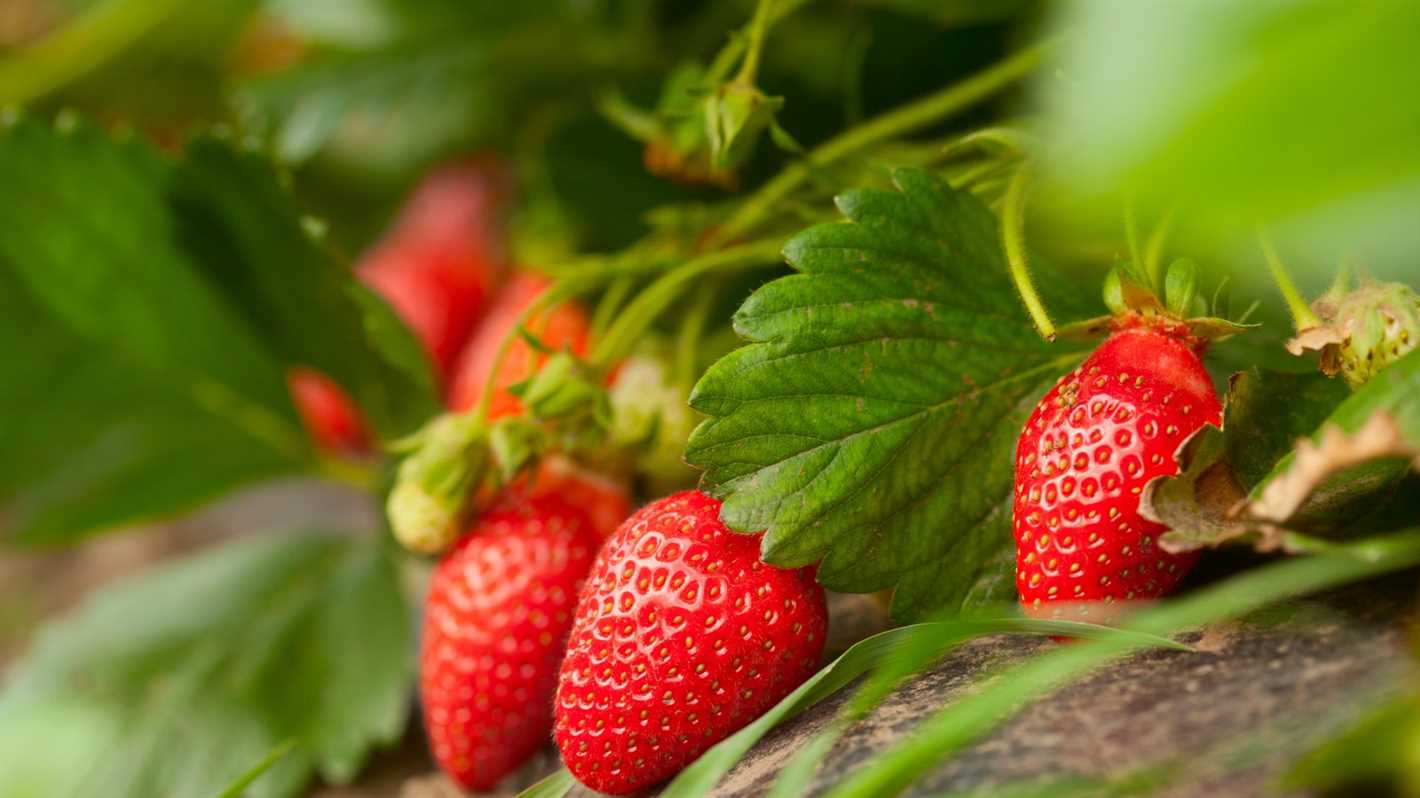
In conclusion, the presence of red leaves on strawberry plants is not always a cause for concern. It can be a natural part of the plant’s growth cycle or a response to environmental factors. However, if the red leaves are accompanied by other symptoms or persist for an extended period, it may be a sign of a nutrient deficiency, fungal infection, or pest infestation. It is important to diagnose the underlying issue and take appropriate action to ensure the health and productivity of your strawberry plants.
The Importance of Pruning Strawberry Plants
Pruning is a crucial practice in maintaining healthy and productive strawberry plants. By removing certain parts of the plant, such as red leaves, runners, and old or diseased stems, gardeners can promote better growth and yield.
Benefits of Pruning Strawberry Plants
- Increased yield: Pruning allows the plant to focus its energy on producing fruits rather than wasting resources on unnecessary foliage.
- Better air circulation: By removing excess leaves and runners, pruning improves air circulation around the plants, reducing the risk of diseases such as mold or rot.
- Preventing disease and pests: Regular pruning helps to remove infected or weak parts of the plant, decreasing the chances of diseases and pests spreading throughout the garden.
- Enhancing sunlight exposure: Cutting back foliage allows more sunlight to reach the lower parts of the plants, aiding in the development of lower runners and ensuring uniform growth.
When to Prune Strawberry Plants
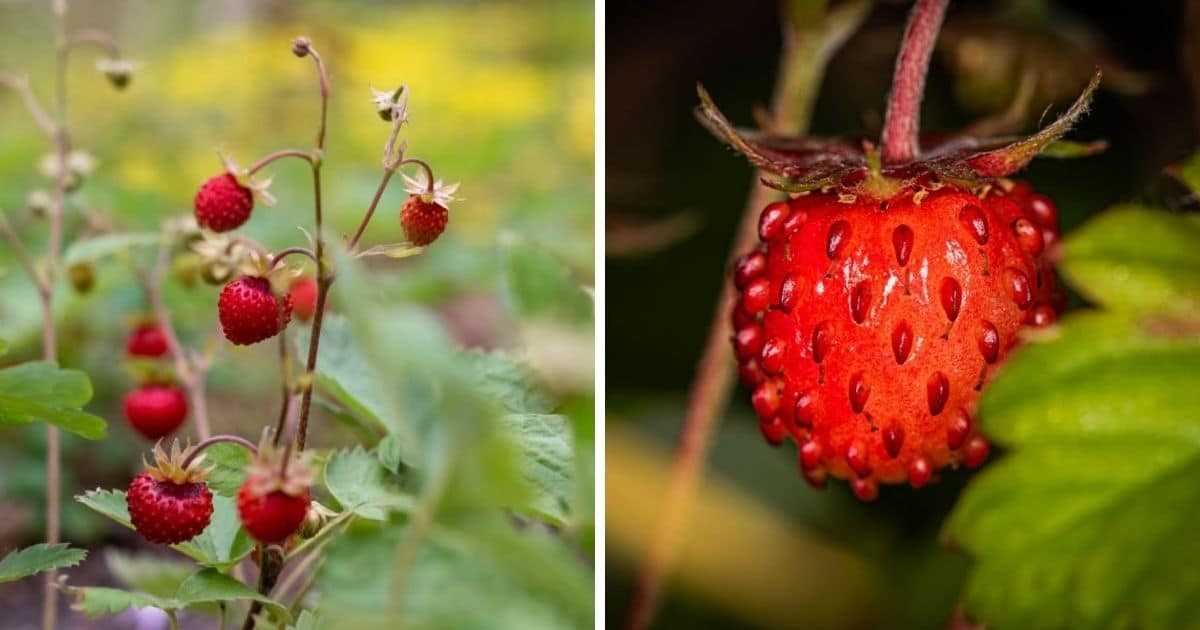
The best time to prune strawberry plants depends on the variety and the climate. However, it is generally recommended to prune them in early spring or after the fruiting season. Pruning too early can expose plants to frost damage, while delaying pruning can result in reduced fruit production.
Pruning Techniques for Strawberry Plants
- Remove red leaves: Red leaves are usually a sign of age or nutrient deficiency. It is important to remove them as they can hinder the plant’s ability to photosynthesize and produce energy.
- Cut off runners: Runners are long stems that grow away from the main plant and produce new plants. While runners can be beneficial for propagating strawberries, excessive runners can divert the plant’s energy from fruit production. It is recommended to prune runners to maintain a healthy balance.
- Trim old or diseased stems: Removing old or diseased stems helps prevent the spread of diseases and redirects the plant’s energy to healthy growth. Cut them as close to the base of the plant as possible.
- Space plants: If strawberries are planted too close together, air circulation can be limited, leading to increased humidity and disease. It is advisable to remove overcrowded plants to ensure proper spacing.
Conclusion
Pruning is essential for maintaining healthy and productive strawberry plants. By removing red leaves, runners, and old or diseased stems, gardeners can ensure better fruit production, prevent diseases, and promote overall plant health. Understanding proper pruning techniques and timing is key to maximizing the benefits of pruning in strawberry cultivation.
When to Prune Strawberry Plants
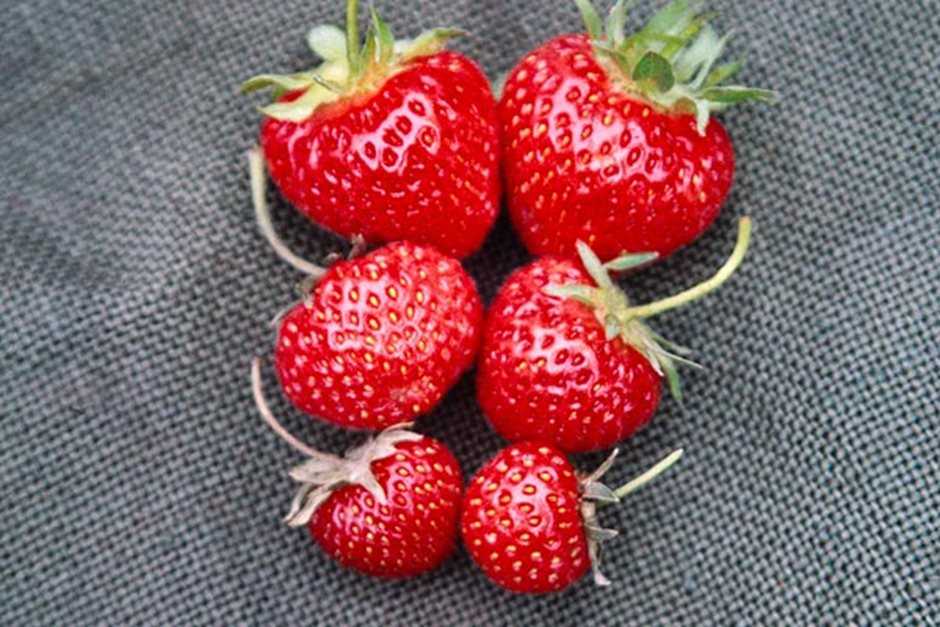
Pruning strawberry plants is an important step in maintaining their health and productivity. Knowing when to prune your strawberry plants can help you get the best harvest possible.
Pruning in Spring
The best time to prune strawberry plants is in early spring, just before new growth begins. This is usually around March or April, depending on your climate. Pruning in spring allows the plants to focus their energy on producing new leaves and flowers instead of wasting energy on old, unproductive foliage.
How to Prune
To prune strawberry plants, start by removing any dead, damaged, or diseased leaves. These leaves can harbor pests or diseases, so it’s important to get rid of them. Use clean, sharp pruning shears and make clean cuts just above the crown of the plant, being careful not to damage the crown itself.
You can also thin out the strawberry plants by removing any runners that have not yet rooted. Runners are long, slender stems that grow off the main plant and produce new plants. While runners can be useful for propagating new strawberry plants, they can also drain energy from the main plant, so it’s best to remove any excessive runners.
Pruning After Harvest
A second round of pruning can be done after the strawberry harvest is over. This pruning helps remove any old, unproductive leaves and prepares the plants for the dormant season. Simply cut back the foliage to about 1-2 inches above the crown of the plant.
Conclusion
Pruning strawberry plants at the right time can help promote healthy growth, increase yields, and prevent disease. By pruning in early spring and after harvest, you can ensure that your strawberry plants stay vigorous and productive.
The Proper Technique for Pruning Strawberry Plants
Pruning strawberry plants is an essential part of their care to maintain healthy growth and maximize fruit production. By removing certain parts of the plant, you can encourage better air circulation, prevent diseases and pests, and promote the development of larger and sweeter strawberries. Here is the proper technique for pruning strawberry plants:
1. Timing
Pruning should be done in early spring, before new growth appears. Choose a dry day to avoid spreading diseases and make it easier to see the plant’s structure.
2. Removing Runners

Strawberry plants produce runners, which are long, thin stems that extend from the main plant and develop new plants. While runners can be used for propagation, they can also drain energy from the mother plant and reduce fruit production. To prune runners, simply cut them close to the main plant.
3. Trimming Leaves
Leaves on strawberry plants can provide shade and protection to the fruits, but excessive foliage can hinder airflow and create a humid environment, leading to disease. Therefore, it is important to trim some of the leaves. Use clean and sharp pruning shears to cut off any yellow, damaged, or diseased leaves. Aim to leave about 4-5 healthy leaves per crown.
4. Removing Old Crowns
After a few years, strawberry plants develop old and less productive crowns. To make room for younger and healthier crowns, remove the older ones. Identify the oldest crowns by their brown and woody appearance, then cut them off at soil level.
5. Cleaning Up
Once you have finished pruning, clean up the debris and fallen leaves around the plants. This will help prevent the spread of diseases and pests.
By following these pruning techniques, you can ensure your strawberry plants remain in optimal health and produce abundant and flavorful fruits.
Common Mistakes to Avoid When Pruning Strawberry Plants
1. Over-pruning
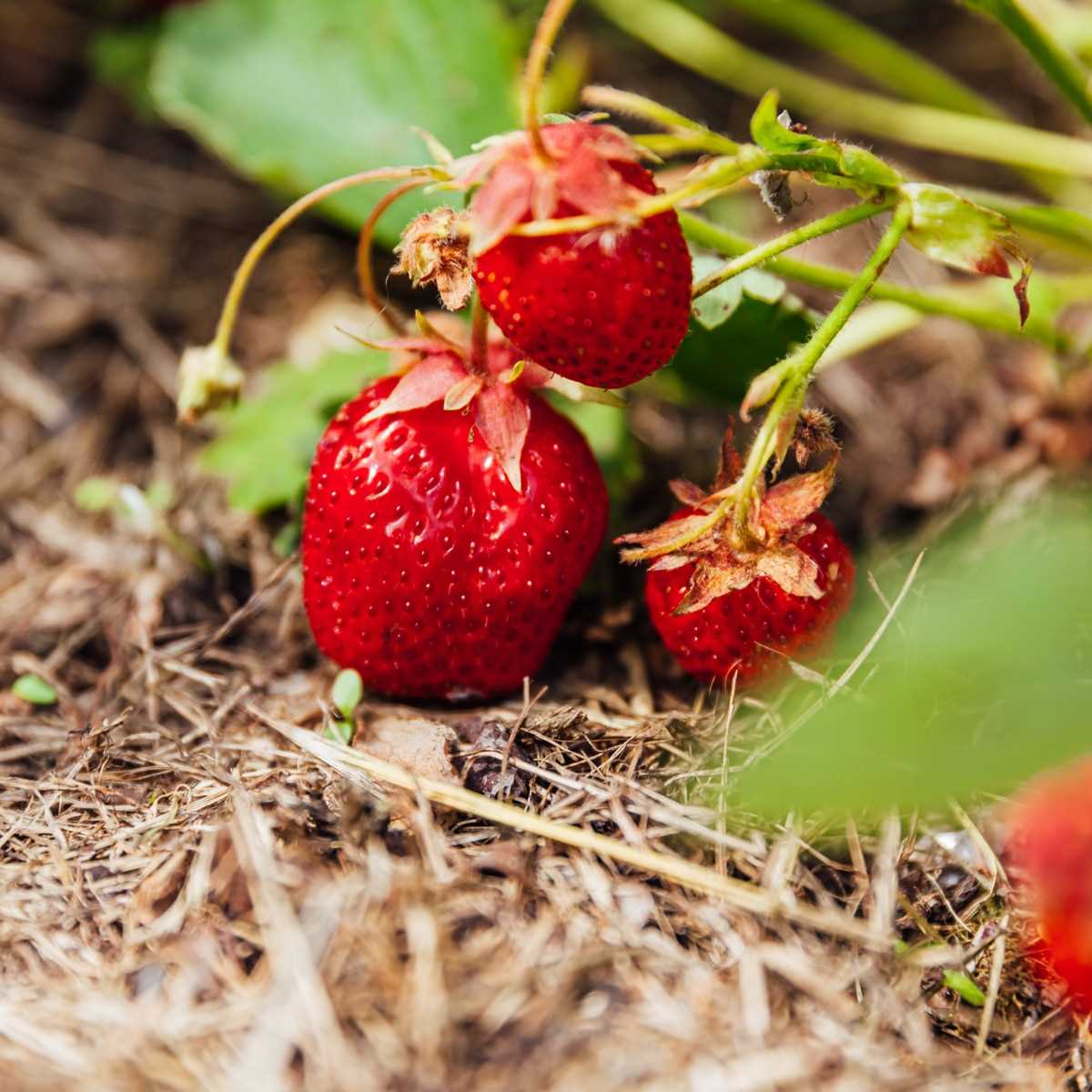
One common mistake when pruning strawberry plants is over-pruning. It can be tempting to remove excessive foliage in an attempt to promote better air circulation and prevent diseases. However, removing too many leaves can stress the plant and hinder its ability to produce energy through photosynthesis. It is important to strike a balance and only prune the necessary amount to achieve optimal plant health.
2. Pruning at the wrong time
Timing is crucial when it comes to pruning strawberry plants. Pruning at the wrong time can disrupt the plant’s growth and potentially reduce the yield of berries. It is recommended to prune strawberry plants in early spring, just before new growth appears. This allows the plants to recover quickly and encourages the production of new, healthy foliage.
3. Using dull or dirty tools
Using dull or dirty pruning tools is another mistake to avoid. Dull tools can cause jagged cuts that take longer to heal, making the plants more susceptible to infection. Dirty tools can introduce bacteria or fungi to the plants, increasing the risk of disease. Always ensure that your pruning tools are clean and sharp to make clean, precise cuts.
4. Ignoring diseased or damaged plants
It is crucial not to overlook diseased or damaged plants when pruning strawberry plants. If you notice any plants with signs of disease or damage, such as wilting leaves or discoloration, it is important to remove them immediately. Leaving them in the garden can spread the disease to other plants and compromise the overall health of the strawberry patch. Regularly inspect your plants while pruning and take action against any signs of disease or damage.
5. Not removing runners
Runners are long stems that grow out from the strawberry plants and produce new plants. While runners can help in the propagation of strawberry plants, they can also divert energy away from fruit production. If you want to prioritize fruit production, it is important to remove runners as they appear. This will allow the plants to focus their energy on producing larger and more abundant strawberries.
6. Failing to practice proper hygiene
Pruning strawberry plants can create open wounds on the plants, making them vulnerable to infections. To minimize the risk, it is important to practice proper hygiene while pruning. This includes cleaning your tools before and after pruning, as well as washing your hands or using gloves. Additionally, avoid pruning in wet conditions, as moisture can promote the spread of diseases.
7. Pruning too aggressively
While some pruning is necessary for strawberry plants, pruning too aggressively can hinder their ability to produce fruits. It is important to avoid excessive pruning and only remove what is necessary. This includes removing dead, diseased, or damaged leaves, as well as thinning out overcrowded areas. Over-pruning can stress the plants and lead to a reduction in berry production.
8. Not knowing the specific needs of strawberry varieties
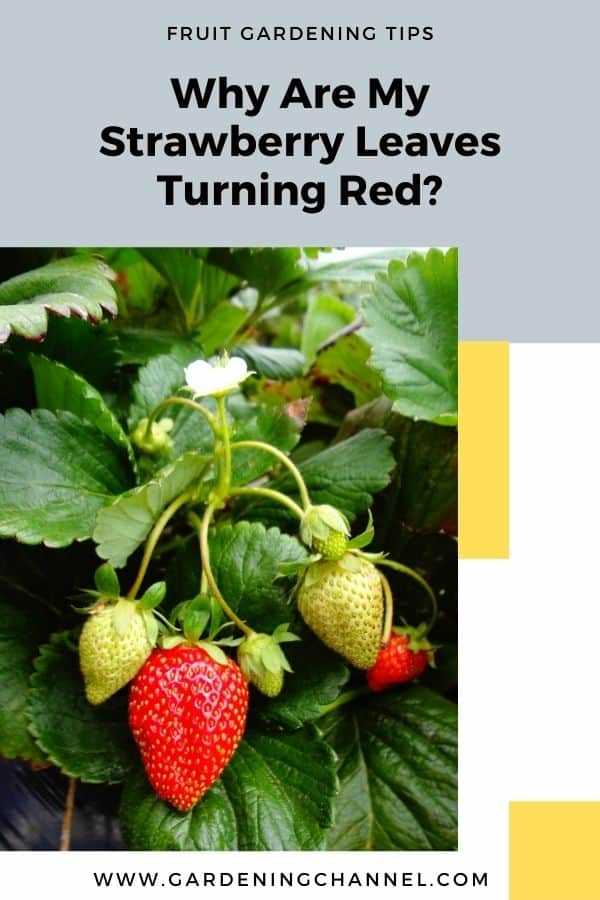
Not all strawberry varieties have the same pruning requirements. It is important to research and understand the specific pruning needs of the strawberry variety you are growing. Some varieties may require more aggressive pruning to maintain their shape and promote better air circulation, while others may be more tolerant of minimal pruning. By understanding the needs of your specific strawberry variety, you can ensure you are providing the best care for your plants.
Do Red Leaves on Strawberry Plants Indicate a Disease?
Red leaves on strawberry plants can be a cause for concern, as they may indicate a disease. While some strawberry varieties naturally have red leaves, it is important to monitor the health of the plants to ensure they are not suffering from any infections or diseases.
One common disease that can cause red leaves on strawberry plants is a fungal infection known as leaf spot. Leaf spot typically appears as small reddish-brown spots on the leaves, which can eventually cause the entire leaf to turn red and die. This disease is caused by the fungus Mycosphaerella fragariae and can be spread through splashing water, contaminated tools, or infected plant debris.
If you notice red leaves on your strawberry plants, it is essential to take action to prevent the spread of any potential diseases. Here are some steps you can take:
- Remove infected leaves: Carefully remove any leaves that show signs of discoloration or damage. This will help prevent the disease from spreading to other parts of the plant.
- Improve air circulation: Ensure that the strawberry plants have adequate spacing to allow for good air circulation. This can help reduce humidity and create an environment less favorable for fungal growth.
- Avoid overhead watering: Watering from below, such as with a drip irrigation system or soaker hose, can help reduce the spread of fungal diseases by keeping the leaves dry.
- Apply fungicides: In severe cases, it may be necessary to apply fungicides to control the spread of leaf spot and other fungal diseases. Be sure to follow the instructions on the label and use the fungicide as directed.
It is worth noting that not all red leaves on strawberry plants are a cause for concern. Some strawberry varieties naturally develop red leaves as they mature or in response to environmental factors, such as changes in temperature or light. However, if the red leaves are accompanied by other symptoms such as wilting, stunted growth, or abnormal fruit development, it is best to consult a local horticulturist or plant disease specialist for proper diagnosis and treatment recommendations.
By closely monitoring the health of your strawberry plants and taking appropriate steps to prevent and manage diseases, you can help ensure a healthy and productive harvest of delicious strawberries.
How to Identify and Treat Diseases in Strawberry Plants
Strawberry plants can be susceptible to various diseases, which can affect their growth and yield. Identifying and treating these diseases early on is essential for maintaining healthy strawberry plants. Here are some common diseases that affect strawberry plants:
1. Gray Mold (Botrytis cinerea)
Gray mold is a fungal disease that affects strawberry plants, especially during periods of high humidity. It starts as small, water-soaked spots on the fruit, which later become covered in gray mold. The mold can spread rapidly, causing the fruit to rot. To treat gray mold, remove and destroy infected fruit and plant debris. Improve air circulation by spacing plants properly and avoiding excessive water on leaves and fruit.
2. Strawberry Leaf Spot (Mycosphaerella fragariae)
Strawberry leaf spot is a common fungal disease that affects the leaves of strawberry plants. It is characterized by small, dark purple or reddish-brown spots on the leaves. Over time, the spots can enlarge and cause leaf yellowing and curling. To control strawberry leaf spot, remove and destroy infected leaves. Apply fungicides as recommended and practice good sanitation by removing plant debris regularly.
3. Powdery Mildew (Podosphaera aphanis)
Powdery mildew is a fungal disease that affects the foliage of strawberry plants. It appears as a white powdery coating on the leaves, stems, and flowers. Infected leaves may become distorted and stunted. To prevent and control powdery mildew, provide proper air circulation, avoid overhead watering, and remove infected plant parts. Fungicides may also be utilized as recommended.
4. Verticillium Wilt (Verticillium dahliae)
Verticillium wilt is a soilborne fungal disease that affects strawberry plants. It causes yellowing and wilting of the leaves, as well as stunted growth. The disease spreads through infected soil or contaminated tools. To manage verticillium wilt, ensure proper soil drainage and avoid planting in areas with a history of the disease. Crop rotation and fumigation may also be necessary.
5. Red Stele (Phytophthora fragariae)
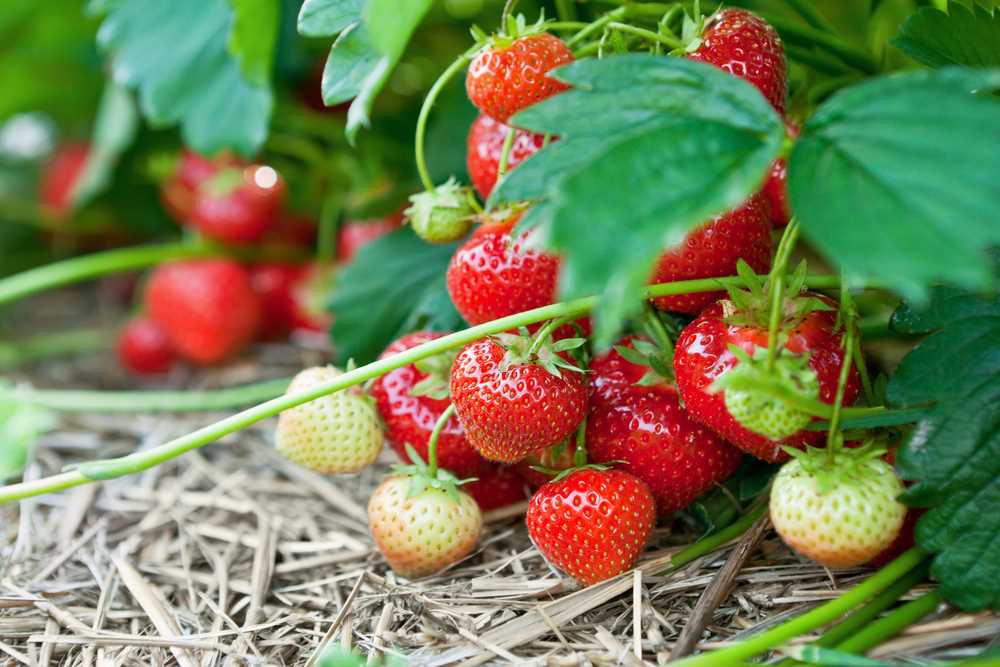
Red stele is a soilborne disease that affects the roots of strawberry plants. It causes the roots to turn reddish-brown or black and can lead to stunted growth and reduced yield. To control red stele, plant resistant varieties, maintain proper soil drainage, and avoid overwatering. Fungicides and soil treatments may be necessary in severe cases.
Conclusion:
By being able to identify common diseases in strawberry plants, you can take the necessary steps to treat and prevent further spread. Regular inspection and prompt action can help maintain healthy strawberry plants and ensure a bountiful harvest.
Question-answer:
Why do strawberries have red leaves?
Strawberries have red leaves because of a pigment called anthocyanin. This pigment helps protect the leaves from sunlight and also gives them their red color.
Can I eat strawberries with red leaves?
Yes, you can eat strawberries with red leaves. However, it is recommended to remove the leaves before eating them as they can have a slightly bitter taste.
What happens if I don’t cut the red leaves on strawberries?
If you don’t cut the red leaves on strawberries, it won’t have any significant impact on the taste or quality of the fruit. However, leaving the leaves intact may cause the strawberries to spoil more quickly, so it is generally recommended to remove them.
How do I remove red leaves from strawberries?
To remove red leaves from strawberries, simply hold the strawberry by its stem and gently pull off the leaves with your fingers or use a small knife to cut them off. Be careful not to remove too much of the fruit along with the leaves.
Can I leave red leaves on strawberries for decoration?
Yes, you can leave red leaves on strawberries for decoration. The leaves can add a vibrant splash of color to fruit salads, desserts, and other dishes. Just make sure to wash them thoroughly before using.







